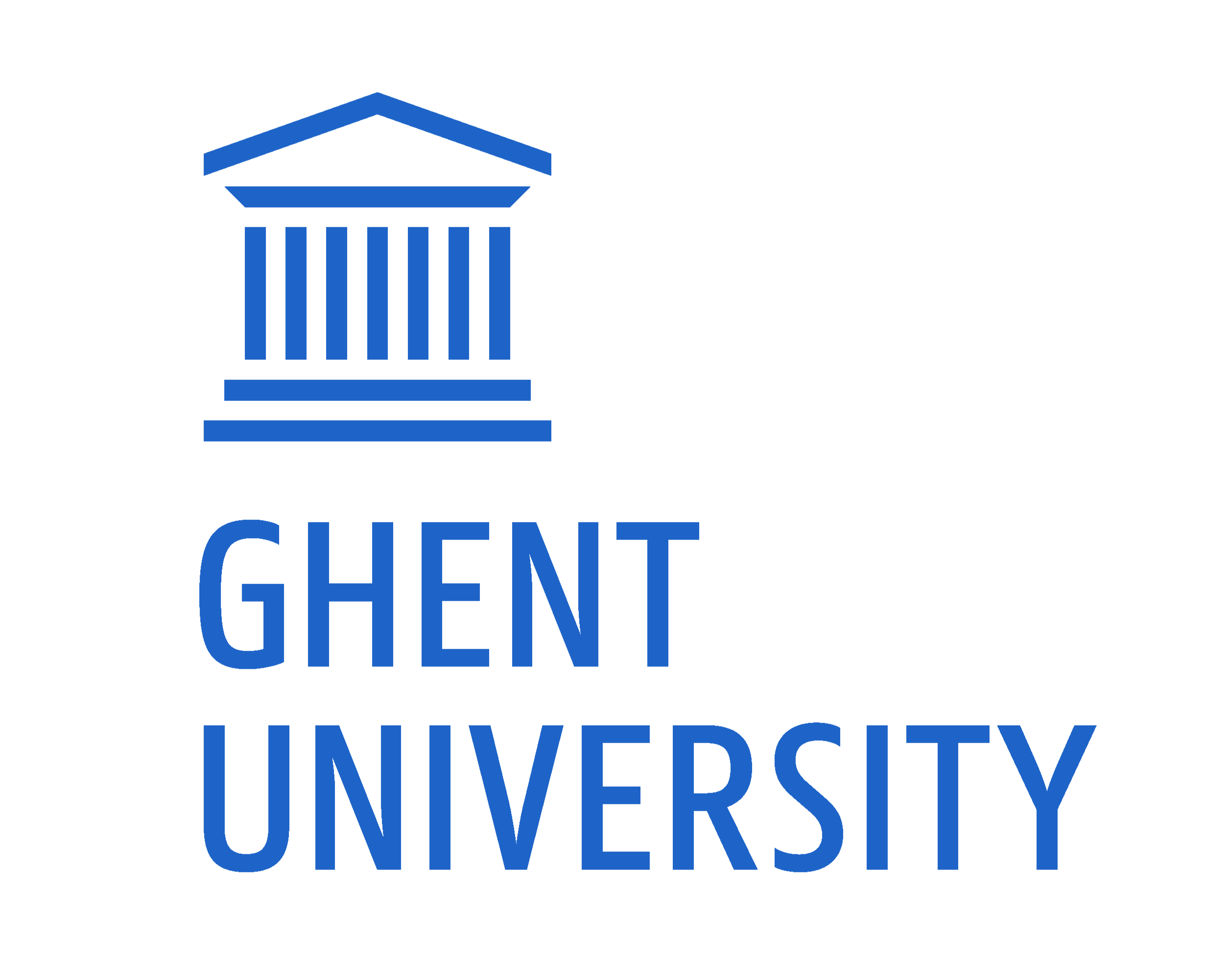

Starting from APEX
Calculus we compiled a comprehensive textbook introducing the main concepts from calculus and
analysis. As compared to the APEX Calculus, it comes with precalculus, more formalism, proofs of most
theorems (and more theorems), differential equations, computer laboratories, review exercises, built-in code
for symbolic computation, and many other things.
It's tailored to students in engineering programs.
A true understanding of Calculus and Analysis requires insights into its foundations. So, we added six chapters formally introducing the mathematical constructs used throughout the textbook
The ability to prove statements with mathematical rigour is a crucial asset to engineers and applied mathematicians. So, we included
As differential equations (DEs) are key in many disciplines and stringly rely on tools from calculus, we included chapters on
Both symbolic and numerical computation play a crucial role when using mathematics in practice, that's why we included code snippets for symbolic computation throughout the textbook and computer labs on root finding algorithms, numerical integration and numerical methods for first-order DEs.
To train your students their problem solving skills, we included a chapter with review exercises that require them to integrate concepts from different chapters.
Tutorials on the used symbolic and numerical computing languages are available.
QR codes throughout the textbook direct students to carefully selected videos on key concepts.
Final answers to all exercises are provided and every exercises has been assigned a difficulty level.
A list of definitions and theorems are included.
Using dedicated if-loops in the source code you can choose the level of formalism (calculus versus calculus and analysis), whether or not differential equations should be included, and the language used for sympbolic computation (Mathematica or SymPy). Moreover, there's an additional if-loop that allows you to compile a remedial course.
Python-code for all figures included in the textbook is provided, so that you can easily change the figure formatting, and so on. Moreover, it allows you to share 3D figures with your students so that they can explore them in detail.
All source files are available on GitHub for others, covered under a generous Creative Commons BY-NC license.
Call to actionJan M. Baetens is asssociate professor at the Department of Data Analysis and Mathematical Modelling, Ghent University. He's responsible for five math courses in the first year of three different engineering progams (Bioscience Engineering, Bioscience Engineering Technology, and Bioindustrial Sciences). He's also leading the research group BIOSPACE, which focuses on the development and analysis of spatially explicit models for biological processes.
An Schelfaut and Elien Van de Walle are both experienced teaching assistants supporting the department's math courses in the first two years of the aforementioned engineering programs.
Our textbook integrates
The first version of the Open Source Calculus and Analysis was published online in September 2022. An updated version is expected by September 2023.
This version includes precalculus, and single and multivariable calculus. Series are not covered in this version but only touched upon as an application of derrivatives (Taylor series). Moreover, it's restricted to functions up to three variables, while double and line integrals are discussed in one chapter.
Mathematica is used for symbolic computation and Python for numerical computation
This version includes precalculus, and single and multivariable calculus and analysis. Consequently, it offers a more formal description by the inclusion of proofs for functions up to n variables, more advanced topics, a full description of series, multiple integration and vector calculus.
Mathematica is used for symbolic computation and Python for numerical computation
Are you going to adopt the textbook or use its source code?
Do you want to share your thoughts on our textbook with us?
Suggestions for further improvement or do you want to contribute?
Let us know through by dropping a message at oscalculusandanalysis@ugent.be!.